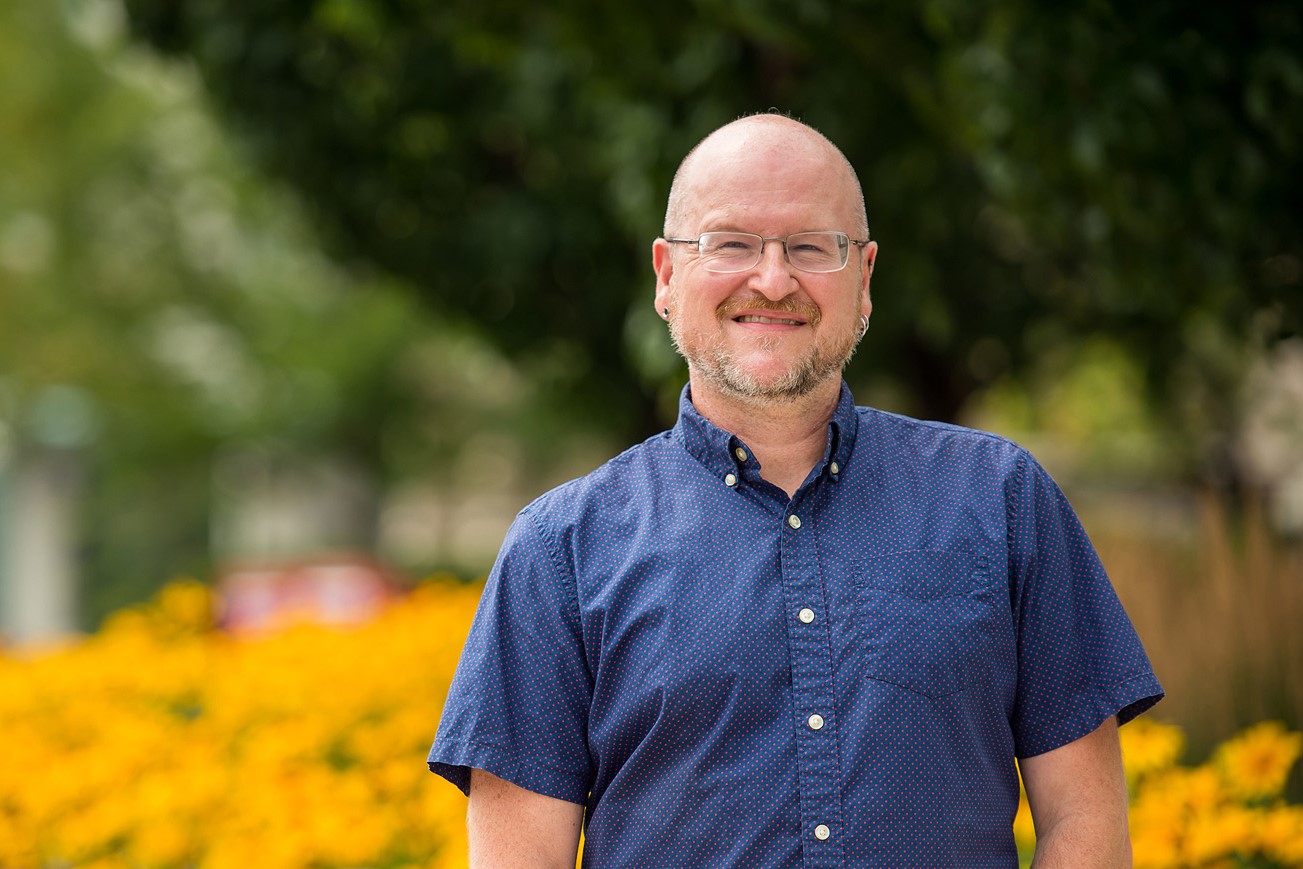An injection of more than $700,000 into the Faculty of Engineering and Applied Science will go toward developing courses and high-quality online resources for students. The grants will be invested in building online courses, online modules, and developing virtual learning.
The Queen’s Engineering Teaching and Learning Team (ETLT) behind the grant applications were successful in almost all of the requests that they coordinated with faculty professors.
“We're very lucky,” said Eric Tremblay, the director of ETLT. “Seventy-one per cent of our grants came back positive, which was such a high return rate that we're kind of left with a good problem. Now we have a lot of work to do.”
The funding comes from eCampusOntario’s $50 million Virtual Learning Strategy (VLS) initiative, which was announced at the end of 2020. The ETLT had success in the grants they proposed in the past with eCampusOntario, a provincially-funded non-profit organization. The unprecedented scale of the VLS initiative created a lot of opportunity for creative project ideas. For the ETLT, those ideas come directly from the faculty’s professors.
“We're an enabler, where our job is basically to realize the vision of the instructor,” said Tremblay. “So we're looking for instructors that have vision and instructors that have energy.”
While Tremblay is enthusiastic about all of the courses that will be developed with the funding, he pointed to the virtual reality (VR) projects as being an especially exciting opportunity for students. He hopes that incorporating VR to the learning environment will support real world and experiential learning in disciplines like mining where the massive scale of workplaces cannot be replicated in a classroom or lab.
“The virtual reality objects that we're building, that's really going to be a game changer for us because it's going to allow multiple students to engage at the same time, in real time, inside an object at scale,” said Tremblay.
Workplaces like mining installations or mineral processing installations are difficult locales for students to visit. The proprietary work being done at these plants, and their remote locations, make field trips complicated. With the VR projects, students will be able to tour the buildings while also performing certain tasks that they could be expected to undertake in a position there.
There are 13 projects being funded, broken down as follows:
As the ETLT works to meet the demands of online learning, they continue to expand. Tremblay said that they have recently been adding engineering students to the team, to help direct the implementation of their projects.
“When we're designing, whether it's virtual reality objects or whether we're designing a course or some other kind of digital asset, we're designing it for students.” said Tremblay. “And if we have students on the team that help us with the design decisions, then that is a huge advantage for the team.”
